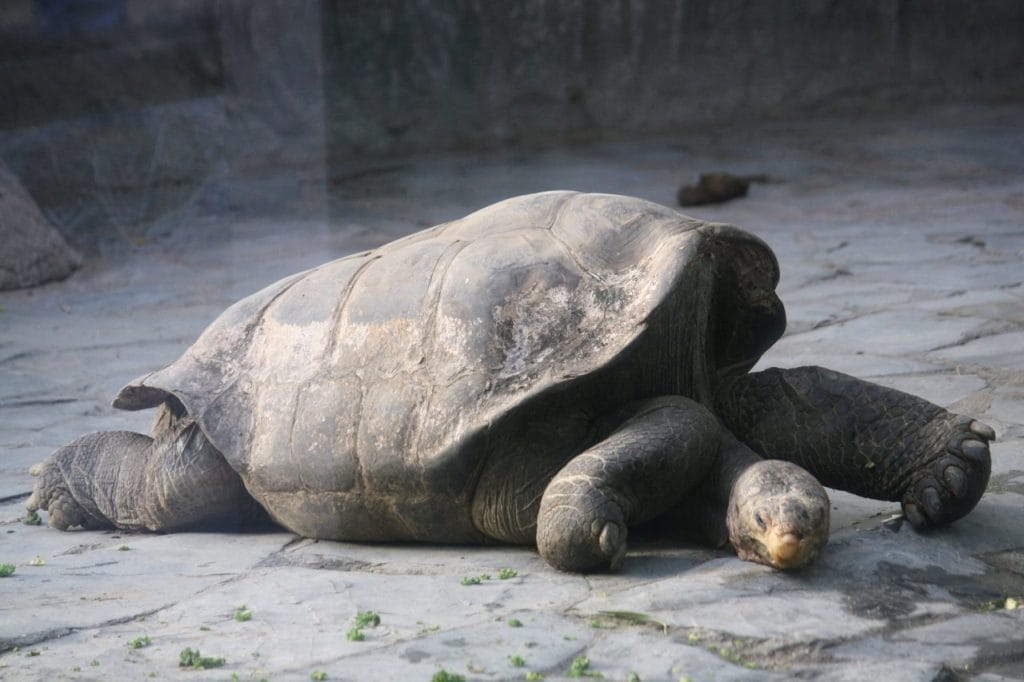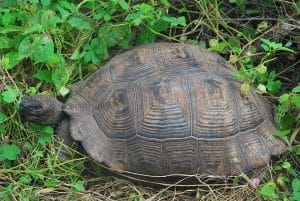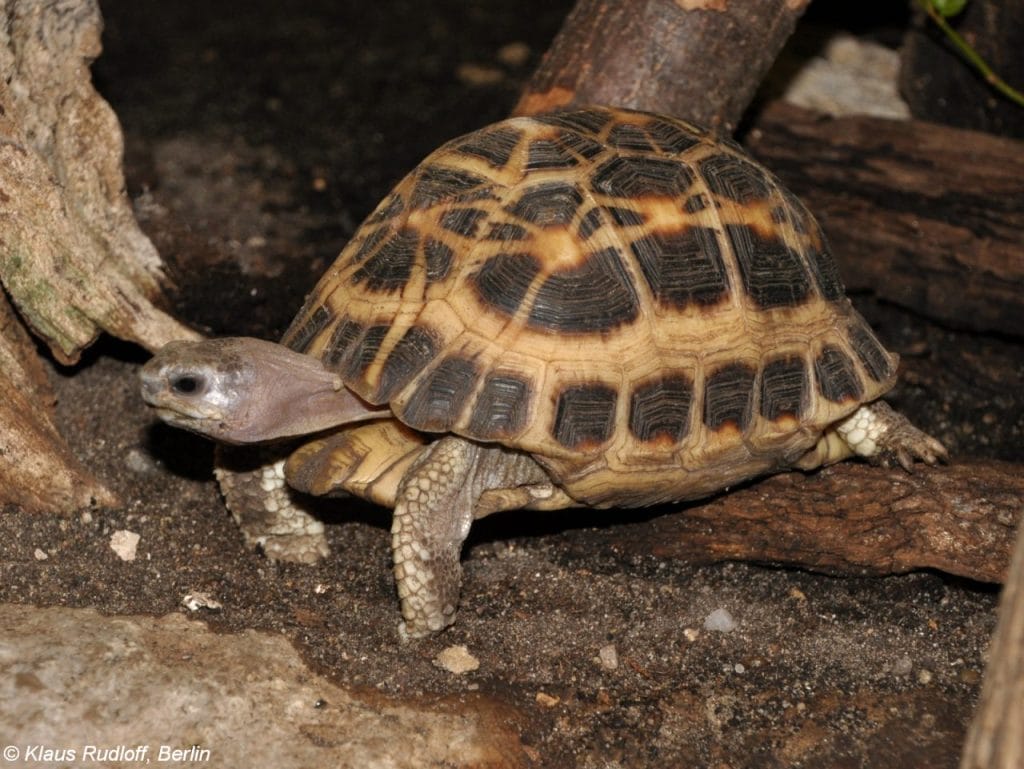Chelonoidis duncanensis (Pinzón Island Tortoise)
Home > Turtle Database > Chelonoidis duncanensis (Pinzón Island Tortoise)
Chelonoidis duncanensis, commonly known as the Pinzón Island tortoise, is a species of giant tortoise native to the Galápagos Islands. Once thought to be extinct, it is now considered critically endangered with only a few individuals remaining, making conservation efforts crucial for its survival.
Native To These Regions
Pinzón Island (Ecuador)Native Turtle Species Map – Find Turtles by Region
Scientific Classification
- Kingdom: Animalia
- Phylum: Chordata
- Class: Reptilia
- Order: Testudines
- Family: Testudinidae
- Genus: Chelonoidis
- Species: Chelonoidis duncanensis
Common Names
- Pinzón Island tortoise
This Hilarious Turtle Book Might Know Your Pet Better Than You Do
Let’s be real—most turtle care guides feel like reading a textbook written by a sleep-deprived zookeeper.
This one’s not that.
Told from the snarky point of view of a grumpy, judgmental turtle, 21 Turtle Truths You’ll Never Read in a Care Guide is packed with sarcasm, sass, and surprisingly useful insights.
And hey—you don’t have to commit to the whole thing just yet.
Grab 2 free truths from the ebook and get a taste of what your turtle really thinks about your setup, your food choices, and that weird plastic palm tree.
It’s funny, it’s honest, and if you’ve ever owned a turtle who glares at you like you’re the problem—you’ll feel seen.
Identification
Description
Chelonoidis duncanensis is a large tortoise species with a high-domed carapace that can vary in color from dark brown to black. The limbs are sturdy and covered with large, protective scales. The head is relatively small, with a blunt snout and small eyes.
Sexual Dimorphism
Males are typically larger than females and have a longer, more pronounced tail. The males also have a concave plastron, which helps them mount the female during mating.
Check more turtles from the Chelonoidis genus
Native Origin and Distribution
Geographical Range
This species is native to Duncan Island (also known as Pinzón Island) in the Galápagos archipelago. It was historically found only on this small volcanic island.
Preferred Habitat
Chelonoidis duncanensis primarily inhabits arid and semi-arid areas of Duncan Island, where it feeds on sparse vegetation, including cacti, grasses, and shrubs. The tortoise prefers dry lowland regions but may move to more humid areas during the rainy season.
Behavior
Feeding Habits
This species is herbivorous, primarily feeding on grasses, leaves, fruits, and cacti. During periods of scarcity, they can survive for extended periods without food or water, relying on stored fat reserves.
Predators
Adult Duncan Island tortoises have few natural predators due to their size and tough carapace. However, eggs and young tortoises are vulnerable to introduced species like rats and feral cats.
Reproduction
Breeding Season
Breeding occurs primarily during the warm, wet season, which typically runs from January to March.
Reproductive Method
Females lay their eggs in shallow nests dug into sandy soil. After laying, the eggs are covered with soil and left to incubate under the sun. The hatchlings emerge after several months, usually during the cooler, dry season.
Conservation
Extinction Status
Chelonoidis duncanensis is classified as critically endangered on the IUCN Red List. The species was once believed extinct, but a small population was rediscovered, making it the focus of intensive conservation efforts.
Threats
The primary threats to this species include habitat destruction, introduced predators (such as rats and cats), and the historical impact of human exploitation.
Conservation Measures
Conservation measures include habitat restoration, predator control, and a captive breeding program aimed at increasing the population. Efforts are also underway to remove introduced species from Duncan Island.
Economic Importance
As a critically endangered species, Chelonoidis duncanensis does not have direct economic importance. However, it plays a significant role in the Galápagos Islands’ ecosystem and has immense value for scientific research and conservation tourism.
Interesting Facts
- Chelonoidis duncanensis was once thought to be extinct due to the heavy impact of human activity and introduced predators, but a small population was discovered, reviving hope for the species.
- The tortoise plays a critical role in seed dispersal on Duncan Island, helping maintain the island’s plant diversity.
- The species is part of a famous group of giant tortoises that helped inspire Charles Darwin’s theory of evolution.

About Author
Muntaseer Rahman started keeping pet turtles back in 2013. He also owns the largest Turtle & Tortoise Facebook community in Bangladesh. These days he is mostly active on Facebook.















